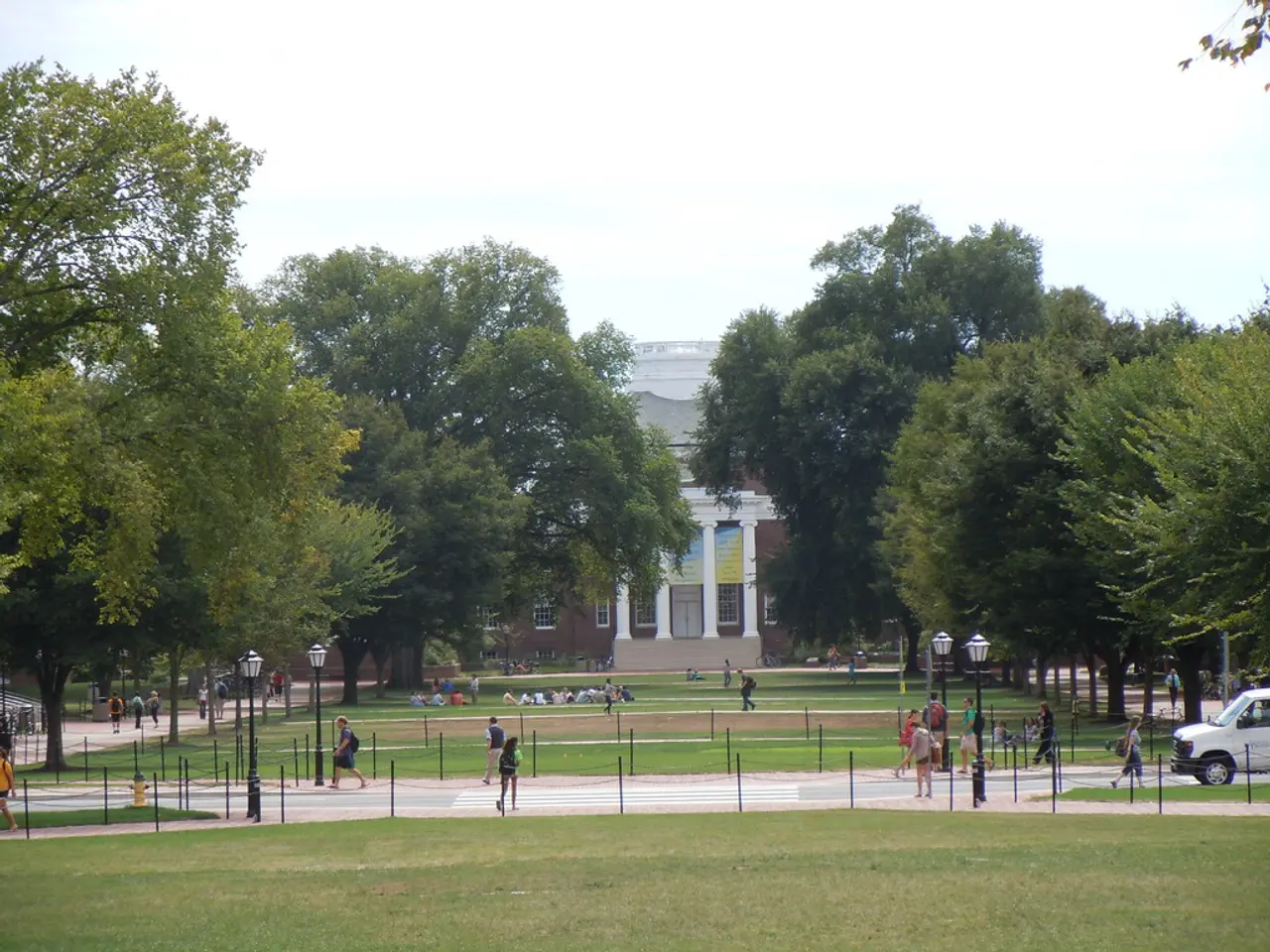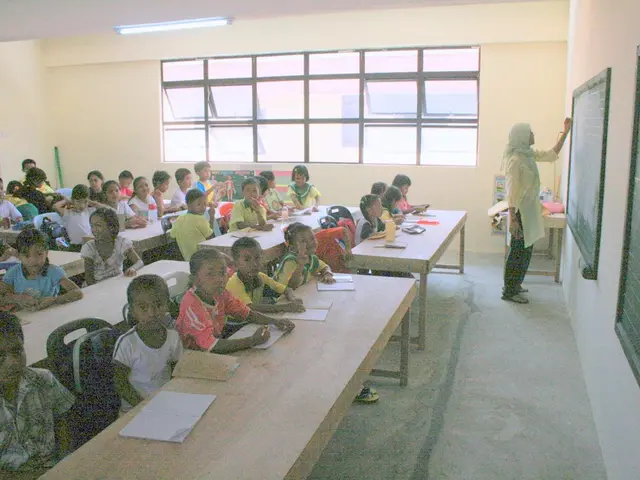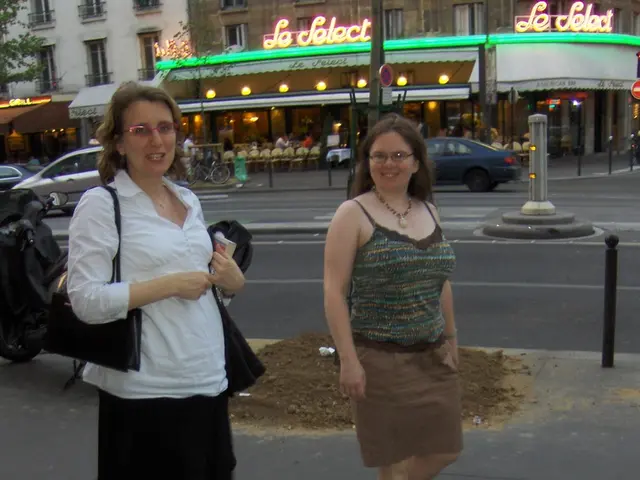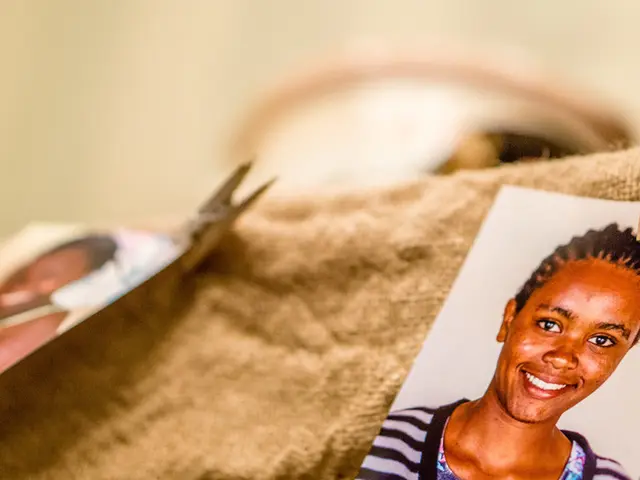Supreme Court's Affirmative Action Ruling Sparks Debate on Fairness in College Admissions
Federal prosecutors Alexander Dalek and Peter-Dirk Uhlmann have raised concerns about the Supreme Court's stance on affirmative action in university admissions. The court's decision, which restricts the use of race and ethnicity data, has sparked debate on the fairness of admissions processes.
Colleges and universities, previously using the Landscape program, had considered students' high school and neighborhood data without race or ethnicity. This approach aimed to address educational inequities, as standardized test scores and GPAs alone do not paint the full picture of a student's potential. The Supreme Court, however, deemed this legally flawed, despite acknowledging the existence of educational disparities.
The court allowed universities to use race-neutral alternatives, such as socioeconomic and geographic factors, to achieve equity. These factors help admissions officers identify high-achieving students from disadvantaged communities. Without such context-providing tools, there's a risk of reverting to favoring privileged students, shutting out low-income and first-generation students.
U.S. Attorney General Pamela Bondi's recent guidance warned against using geographic indicators as 'proxies' for race, raising concerns about the potential impact on diversity in classrooms. Proponents argue that diversity prepares graduates to lead a diverse society, fosters innovation, and strengthens communities.
The Supreme Court's decision two years ago restricted access to higher education for underrepresented groups. While the court allows race-neutral alternatives, abandoning consideration of socioeconomic and geographic factors is seen as a political choice, not a legal requirement. The debate continues on how to balance individual merit with the broader goal of promoting equity and diversity in higher education.




